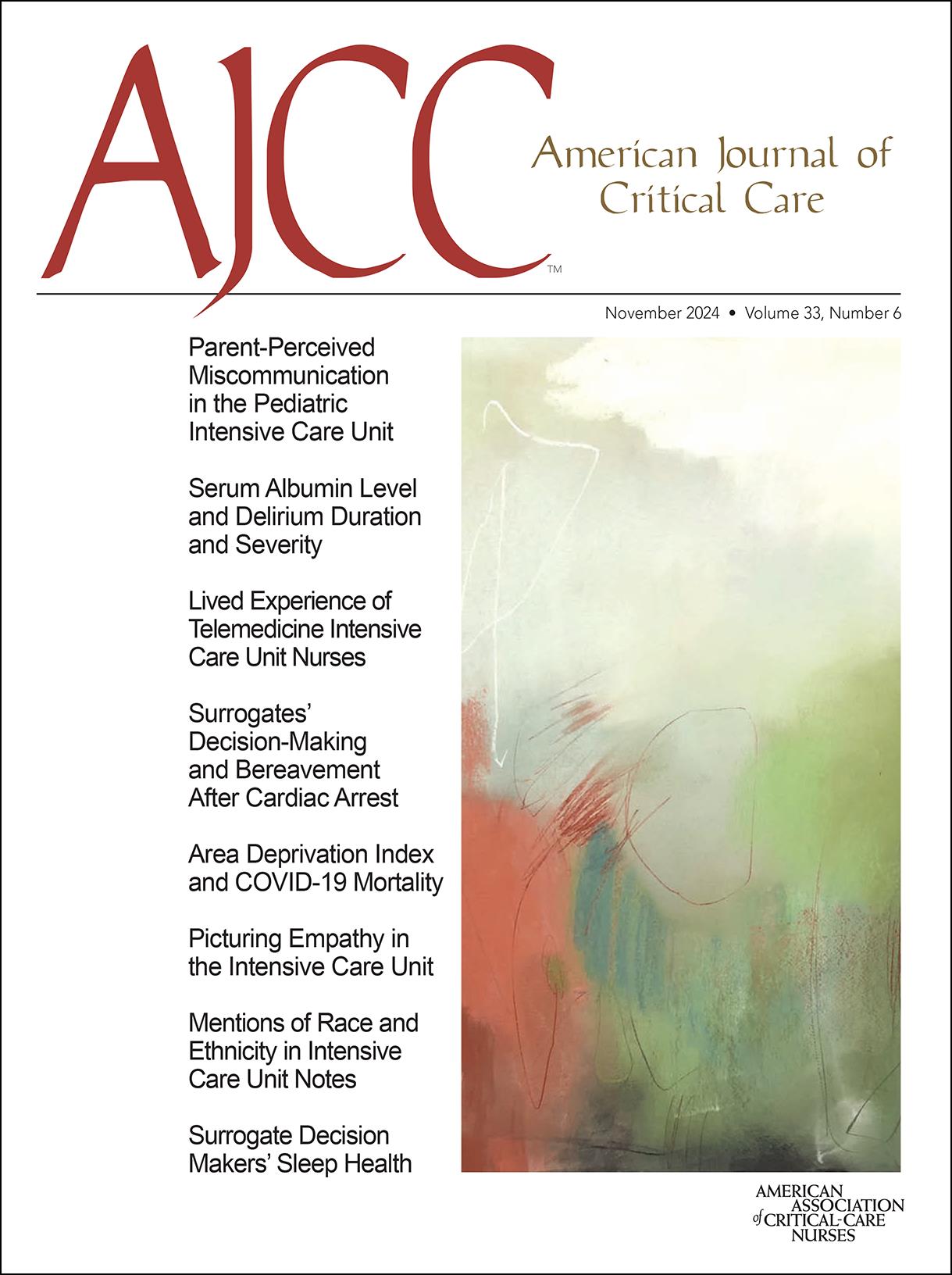American Journal of Critical Care (AJCC)

November 2024
Pages: 479-480
Topics: Cardiovascular
Population: Geriatric
Role:
Staff, APRN
Journal Article
ECG Puzzler
Sukardi Suba, PhD, RN;
Dillon J. Dzikowicz, PhD, RN, PCCN;
Mary G. Carey, PhD, RN
American Journal of Critical Care (AJCC)

November 2024
Pages: 479-480
Topics: Cardiovascular
Population: Geriatric
Role:
Staff, APRN